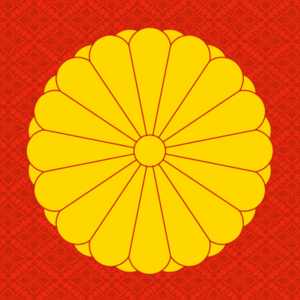Emperor Senka facts for kids
Quick facts for kids Senka |
|
|---|---|
| Emperor of Japan | |
| Reign | legendary |
| Predecessor | Ankan |
| Successor | Kimmei |
| Born | legendary |
| Died | 539 |
| Burial | Musa no Tsukisaka no e no misasagi (Nara) |
Emperor Senka (宣化天皇, Senka-tennō) was the 28th emperor of Japan. He is listed in the traditional order of succession. Historians think that many details about Emperor Senka's life are like legends. However, they are probably true. The name Senka-tennō was given to him after he died. This is called a posthumous name.
It is not possible to know the exact dates for this emperor's life or when he ruled. The names and order of these early emperors were officially confirmed much later. This happened during the time of Emperor Kammu. He was the 50th monarch of the Yamato dynasty.
Who Was Emperor Senka?
According to an old Japanese book called Kojiki, Emperor Senka was the son of Emperor Keitai.
When Emperor Ankan died without children, the throne passed to his brother Senka.
Emperor Senka's Reign
We do not know much about the events that happened during Emperor Senka's life and reign. There is only a small amount of information available for study. This is true for rulers before the 29th monarch, Emperor Kimmei.
During Emperor Senka's rule, a person named Soga no Iname became very important. He was the first "Great Minister" or Omi whose position can be proven by history.
Emperor Senka's reign lasted for three years.
After His Death
This emperor's official name after his death was made official many centuries later. This was long after the time when Senka was believed to have lived.
The Imperial Household Agency says that the emperor's final resting place is in an earthen tumulus. This is a type of burial mound called a kofun. Emperor Senka is honored at a memorial Shinto shrine (misasagi). This shrine is connected to his burial mound.
Related Pages
| Preceded by Emperor Ankan |
Legendary Emperor of Japan Senka 536-539 (traditional dates) |
Succeeded by Emperor Kimmei |
See also
 In Spanish: Senka Tennō para niños
In Spanish: Senka Tennō para niños


